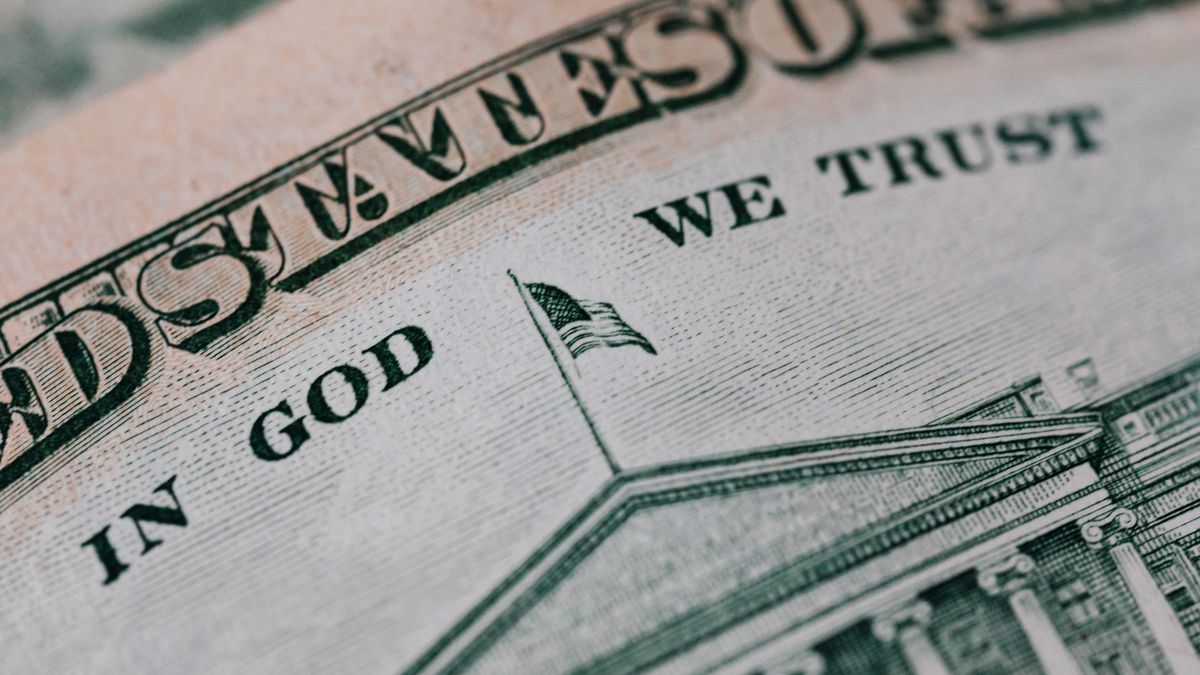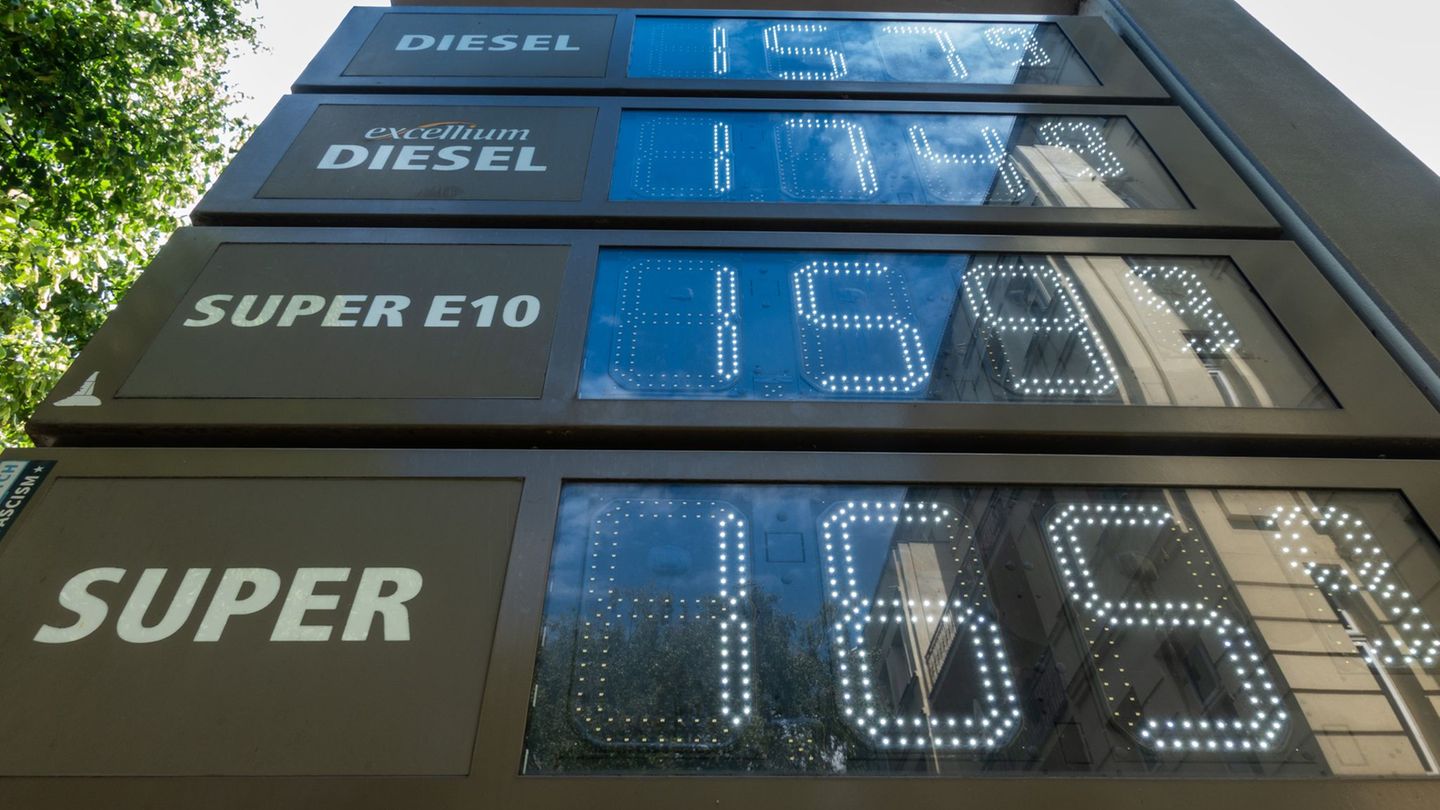He Dolar blue closed at $735 on the last day of August. During the eighth month of the yearthe parallel currency jumped $185 (or 33.6%), thus marking the strongest monthly advance since april 2020 (41.3%), according to the survey of Ambit. In the City, they anticipate that the dollarization coveragewhich historically occurred in an electoral context, with some nuances, and evaluate the effect of the latest measures announced by the Economy.
Let’s remember that the blue played, on August 16, a intraday annual record upon reaching $795 (127.1%), its highest value since the July 2022 run (139.3%). Likewise, since the devaluation of the peso in the official market, which occurred last Monday, August 14, the parallel currency accumulates a raise of $130. As it is, the gap with the official exchange rate was located in 110%.
It should be remembered that, so far this year, the Dolar blue accumulate a raise from $389 (+112.4%), after closing 2022 in $346so that a little over a month from the general elections and in a context of “uncertainty“, which marks the economic agenda of Argentina; Ambit consulted different analysts of the City to find out what their projections are for the illegal dollar in that context.
Blue dollar and Mass measures
After the measurements of “relief” announced by the Minister of Economy, Sergio Massa, analysts expect that the impact of the redistribution will be transferred to the different exchange rates that the national economy manages. On this aspect, Andres Reschinian analyst at F2 Soluciones Financieras, maintains that what is implemented by the also candidate for president will generate a “higher deficit, which will be monetized“. That is, it will translate into more pesos in the square.
Reschini explains that this is going to “put pressure on inflation and also on exchange rates“. The analyst indicates that, throughout September, the blue should be very close to CCL ($780.54) “as it has been in historical terms”; and adds: “The subsidized MEP may be supporting it a bit, but it is to be hoped that at some point it will come close. Also, the proximity of the elections and, in particular, the uncertainty that we see in these elections makes the market try to cover itself”.
Gustavo Quintanaan operator at PR Operadores de Cambio, maintains in line with Reschini that, although it is difficult “to do futurology in Argentina” during electoral times, “the trend is to dollarize portfolios“Therefore, consider current levels”They are floor and not ceiling“, so that the measures adopted by the Government will result in “higher issue“and consequently they will end up moving to prices.
Blue dollar: demand for pesos falls early
The common denominator among the analysts consulted by this medium is the dollarization coverage as the elections approach. Eugenio MariChief Economist of the Fundación Libertad y Progreso, also considers that, as October 22 approaches, it is most likely that “the exchange rate gap will expand with the blue” given that the small saver will tend to get rid of the pesos for “hedge against uncertainty“. And he warns: “The more doubts there are and the more vulnerable the Argentine economy is, the more appetite there will be to get rid of the pesos.”
dollar-investment-finance-dollar blue.jpg
NA
Mari highlights another aspect that could add volatility to the exchange market and it is that, as the Government well advanced, the official exchange rate will stand at $350 until the elections and the economist wonders what will happen next. “This uncertainty, or certainty that this rule will not hold as one prefers to see, leads to the fact that the demand for pesos drop early,” he says.
Regarding the government’s measures, Marí warns that it is most probable that “the issue that is needed is sterilized with remunerated debt of the BCRA“, that is, it will not cause a significant acceleration in the monetary base, but “it will continue compromising the balance of the BCRA”, whose debt today accrues $2 trillion monthly in interest, the famous quasi-fiscal deficit.
Dollar: monetary policy and uncertainty
“The value of the dollar today is high, far from being an affordable purchase option,” begins by explaining the economist specializing in capital markets, christian buteler.
This situation is due to “uncertainty in the economic environment” and the management of the economy, especially with regard to monetary policy, together with the perception of “an inefficient government in decision-making” and in the implementation of measures that generatesome kind of momentary stability” and maintains: “not necessarily confidence, but at least momentary stability” which contributes to the perception of an expensive foreign currency.
For butelerthe reality is that there seems to be “some kind of sell-off” around the exchange rate. Although it is not a daily situation in which the value “rises in small increments, but a sustained increase that has transcended foreseeable levels” and warns: “Today it is rising, and well, in that context it is very difficult know when it will stabilize”.
buteler He concludes by pointing out that the “current situation is very complicated”, this because it is also transferred “by expectations to the prices of the economy”, when there is already a high inflation regime. “I don’t know if we will reach double digits or not, but if we are going to be very close to it, the reality is that it is very difficult to know how this goes forward, but No It doesn’t look good.”
Blue dollar at $800: the projection for September
Due to the scenario explained above, analysts estimate that the search for coverage in Dollars for the ninth month of the year, so the analysts consulted by Ambitestimate that the value of the parallel currency for September will be around $800.
Joel Lupieri, from the consulting firm Epyca, estimates that the blue dollar will trade between $800/$850. This, as he explains, because the US banknote “usually reflects the tensions and tense social mood” that tends to before electoral definitions. Particularly in these elections, “where the economy and the dollar will have a preponderant role”, so the currency can become even more volatile.
In the same line expressed the economist Frederick Glusteinwho in statements to this medium points out that the parallel price will be in the range of $800 due to various factors such as: “The salary increases, a part will go to the dollar and put pressure on the parallel prices”, to which, according to indicates, we must add the impossibility of “buying dollar savings“, which derives in a “sum of potential overheating“. And the expert adds, “we must add the electoral monetary issue, the tenders with an interest rate that can be delayed and derive in demand for foreign currency”, in addition, of course, to the electoral context.
Source: Ambito
I am a 24-year-old writer and journalist who has been working in the news industry for the past two years. I write primarily about market news, so if you’re looking for insights into what’s going on in the stock market or economic indicators, you’ve come to the right place. I also dabble in writing articles on lifestyle trends and pop culture news.




